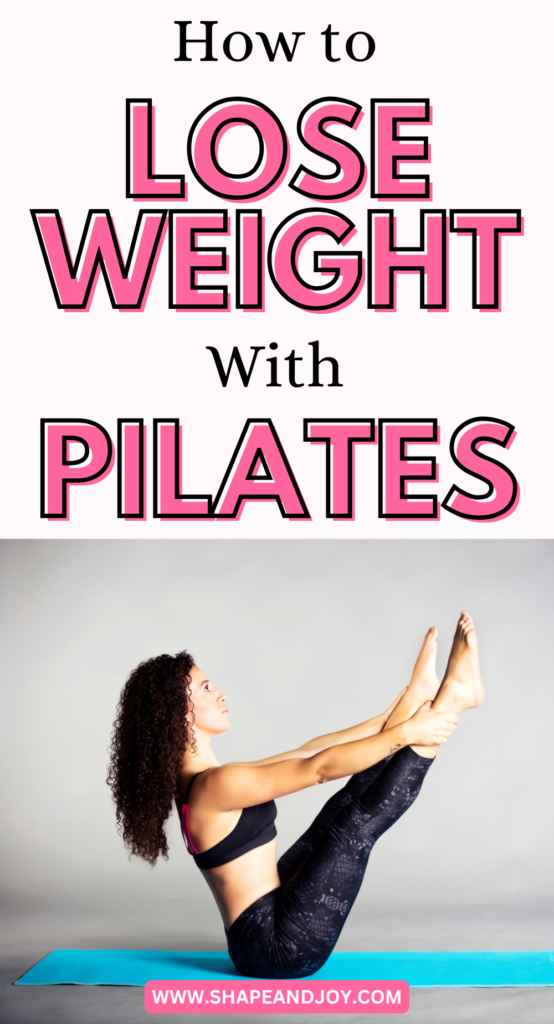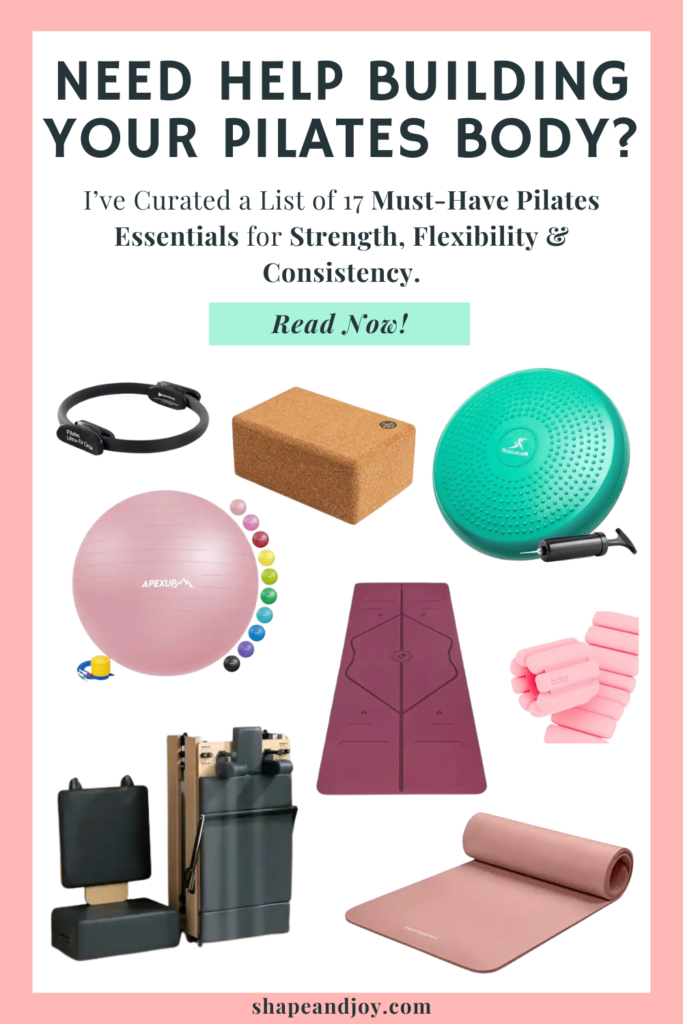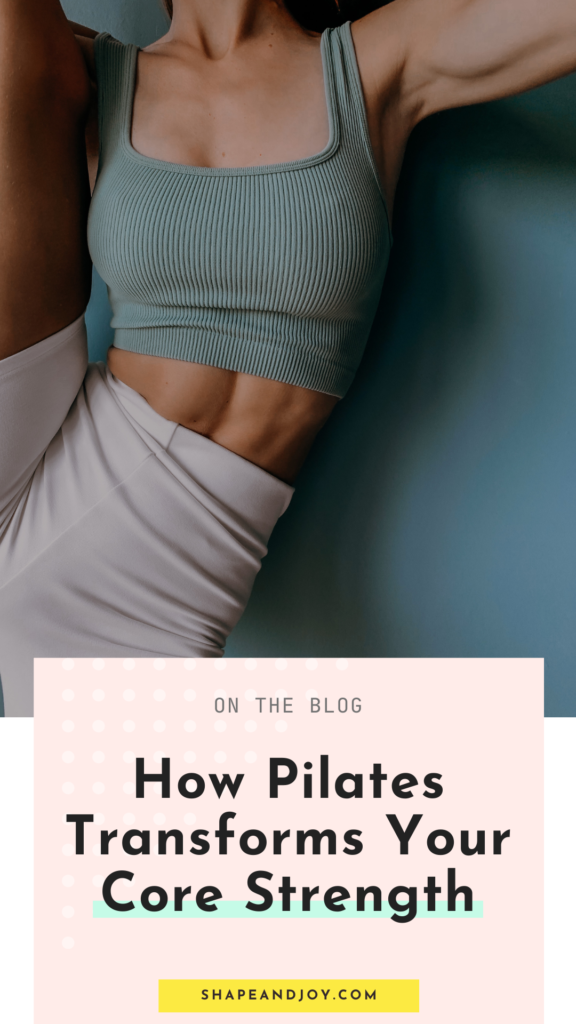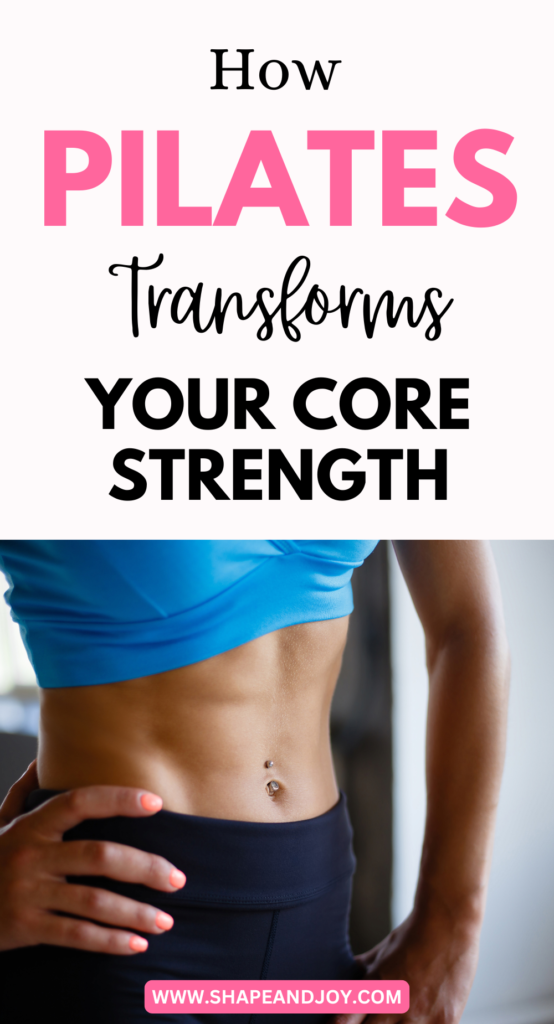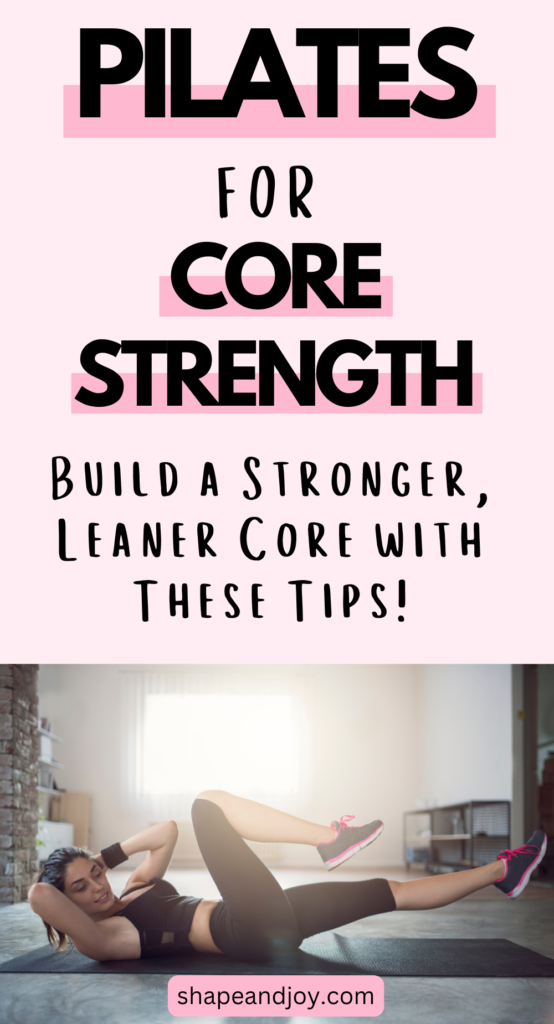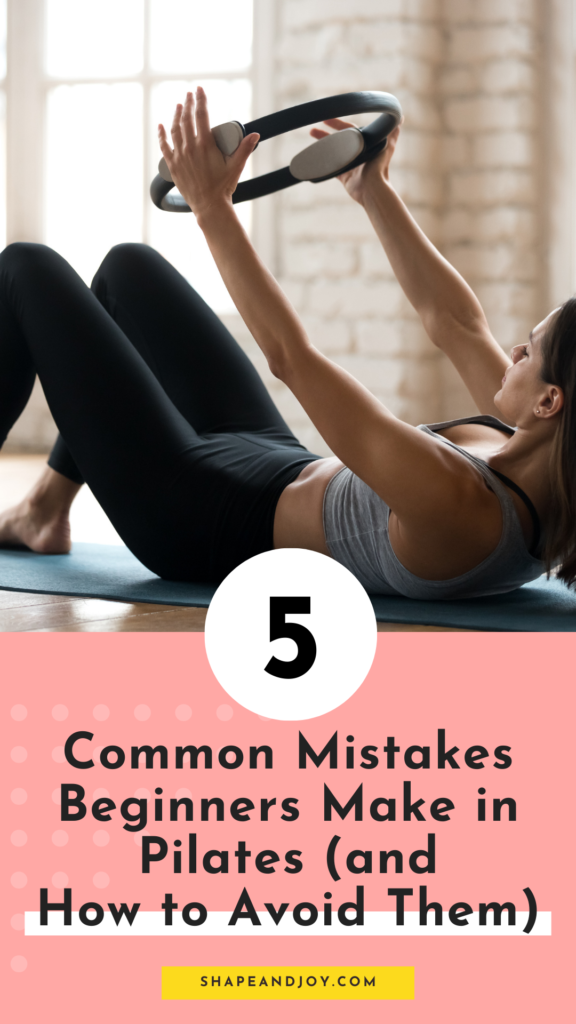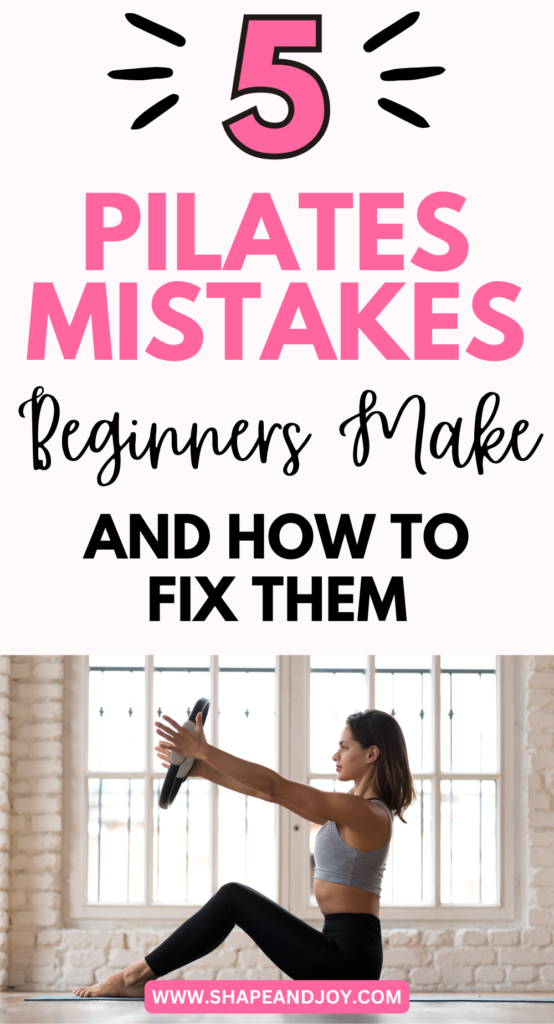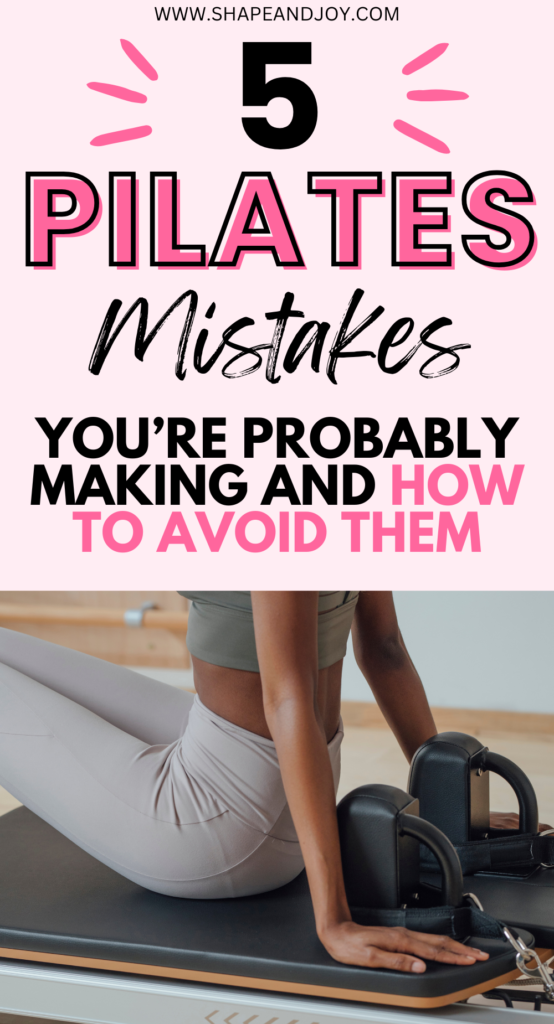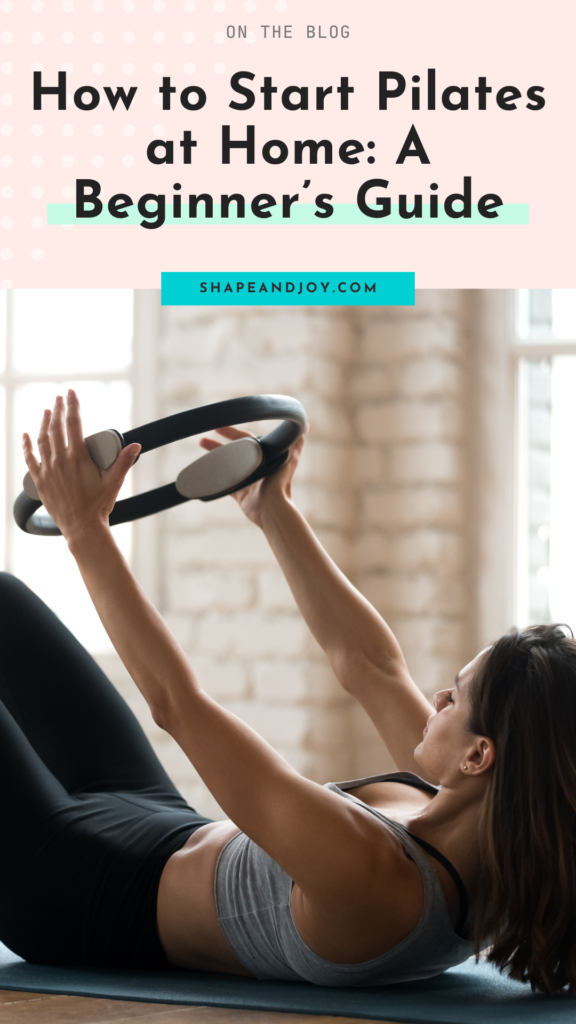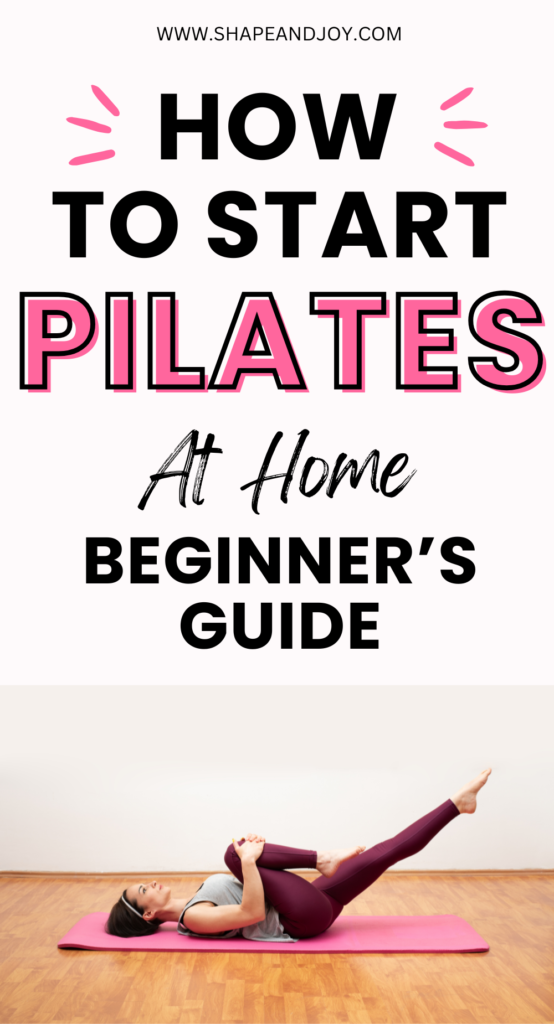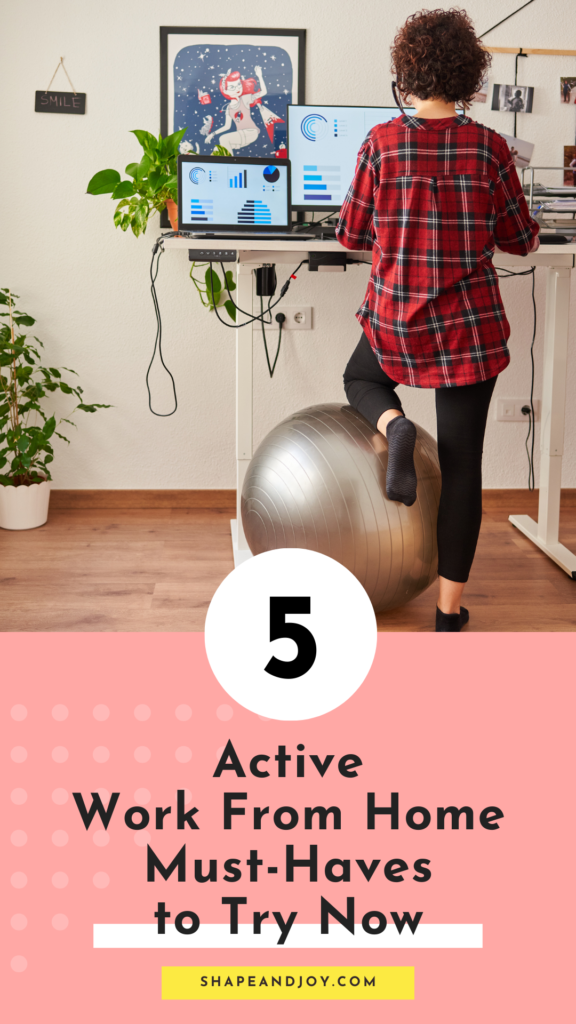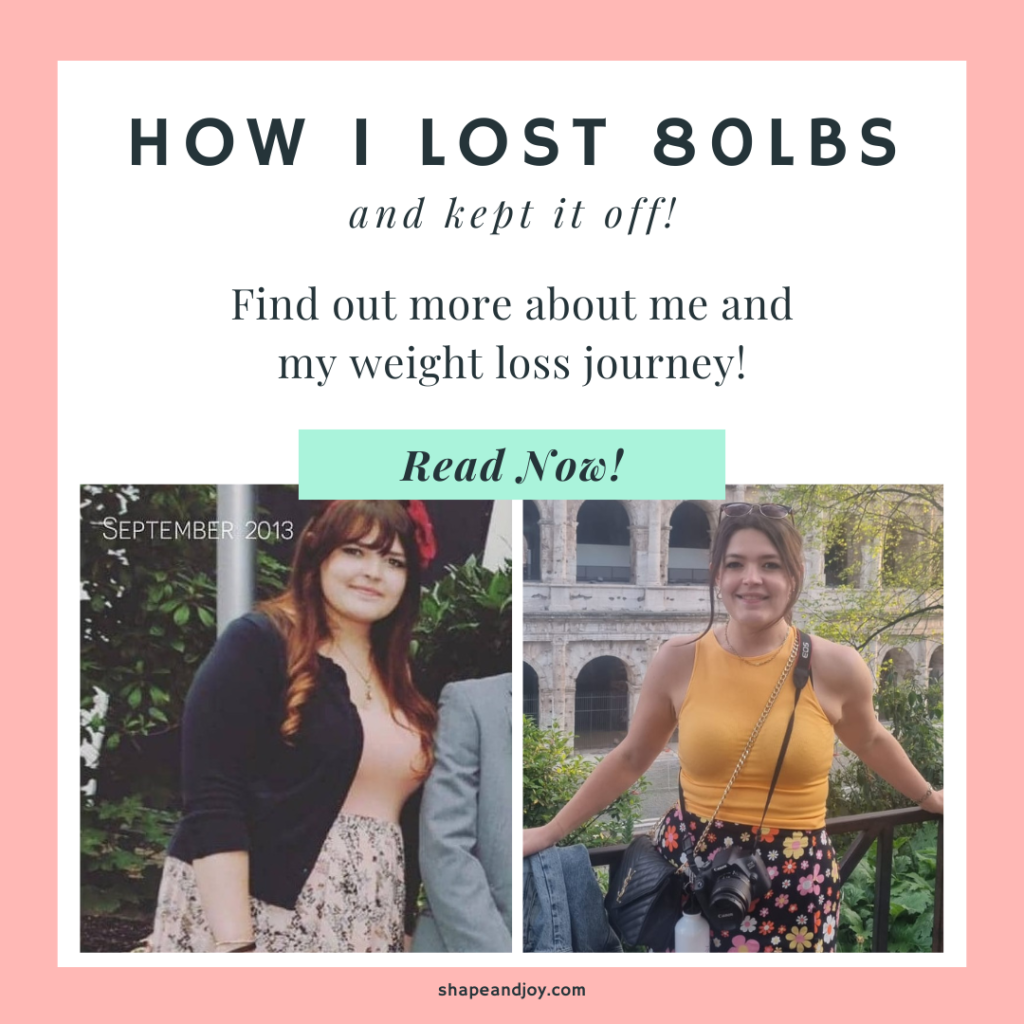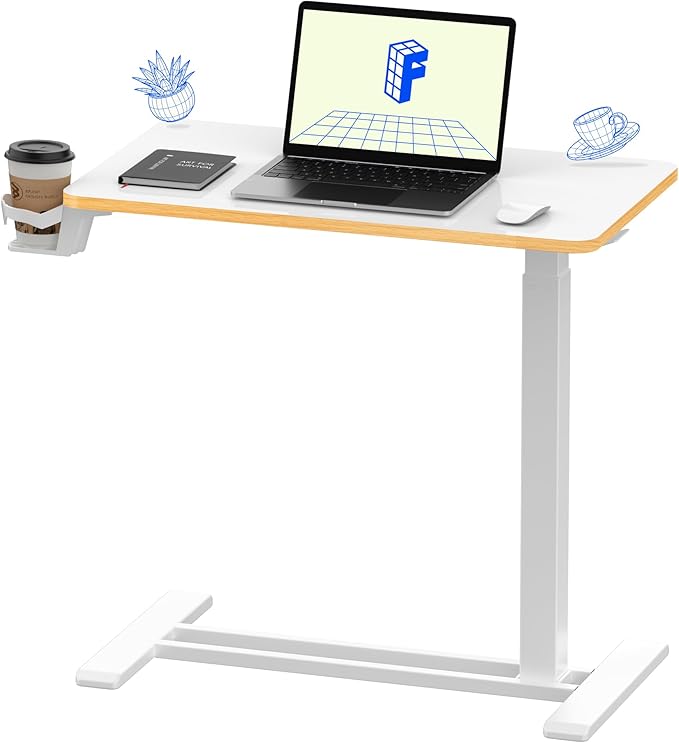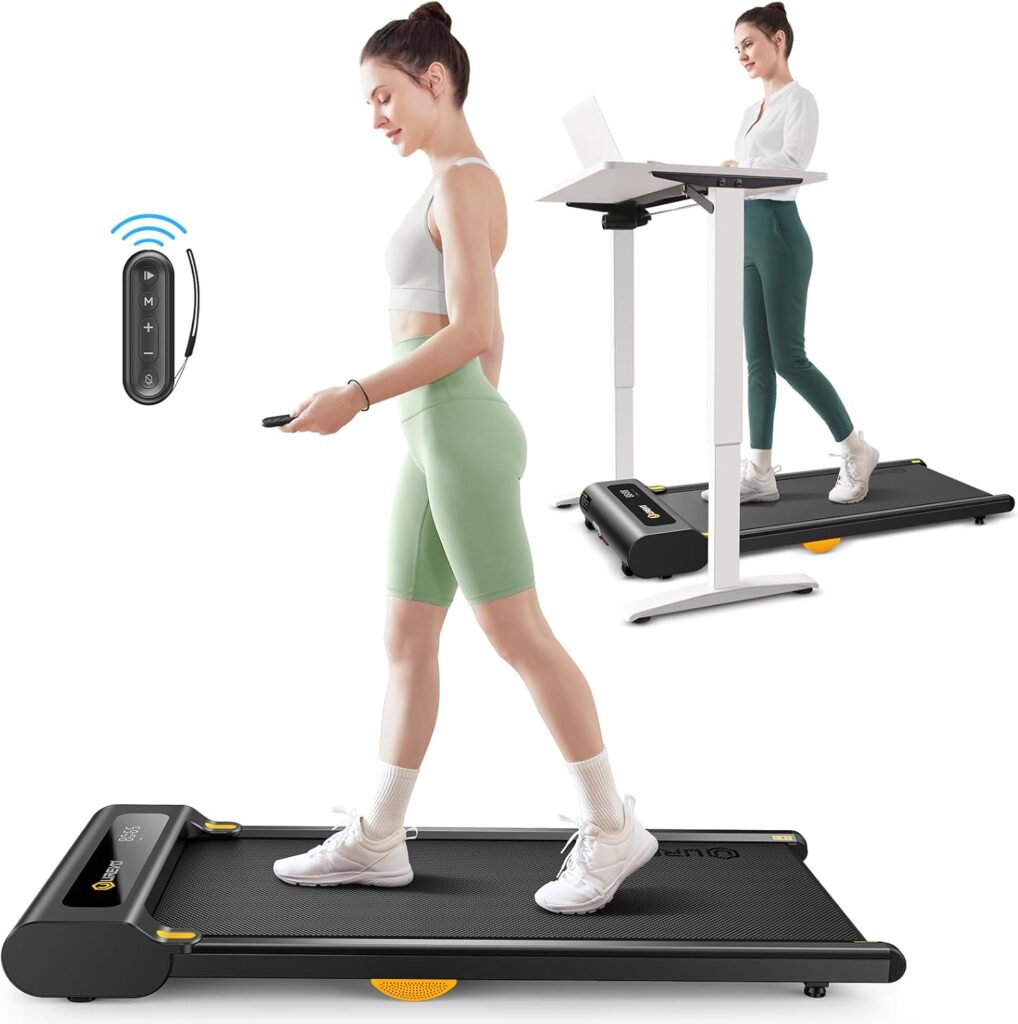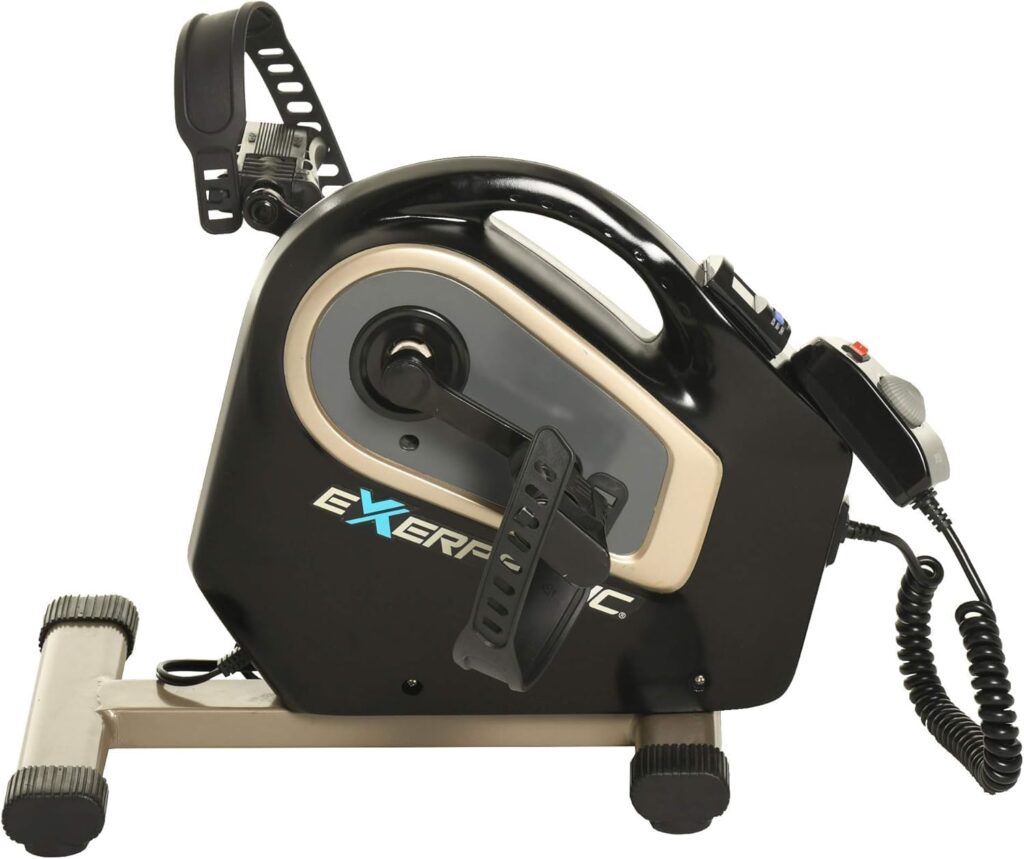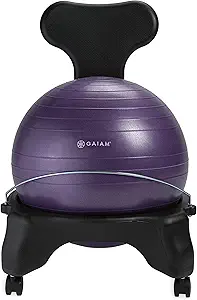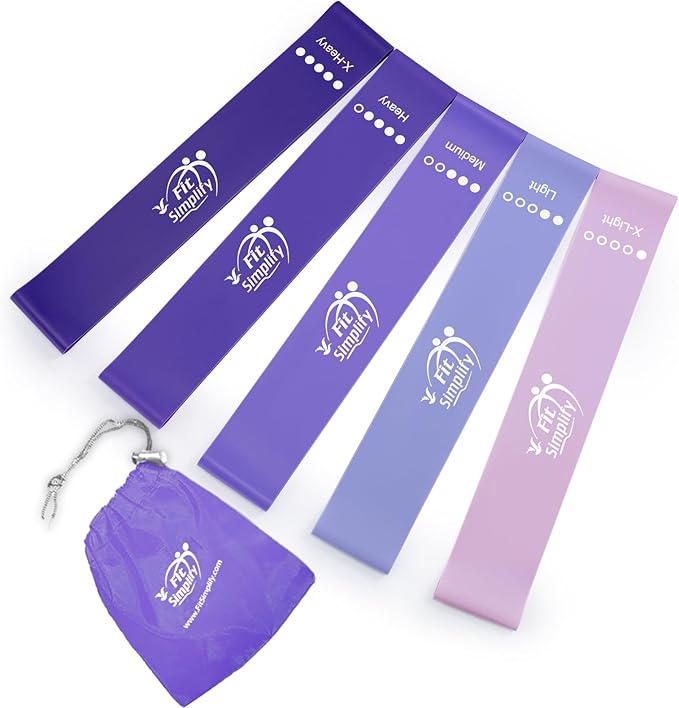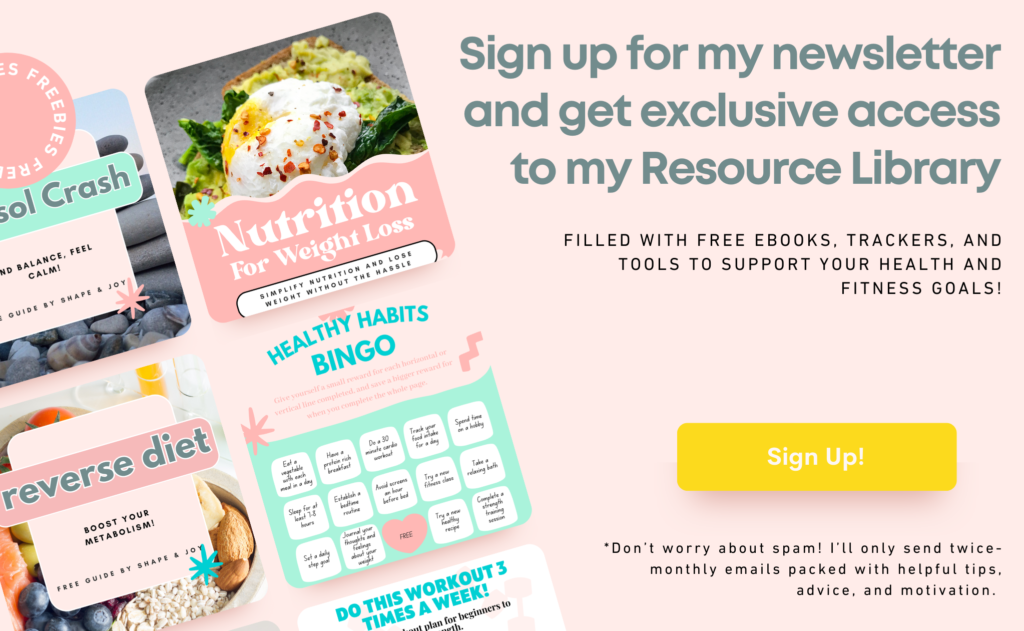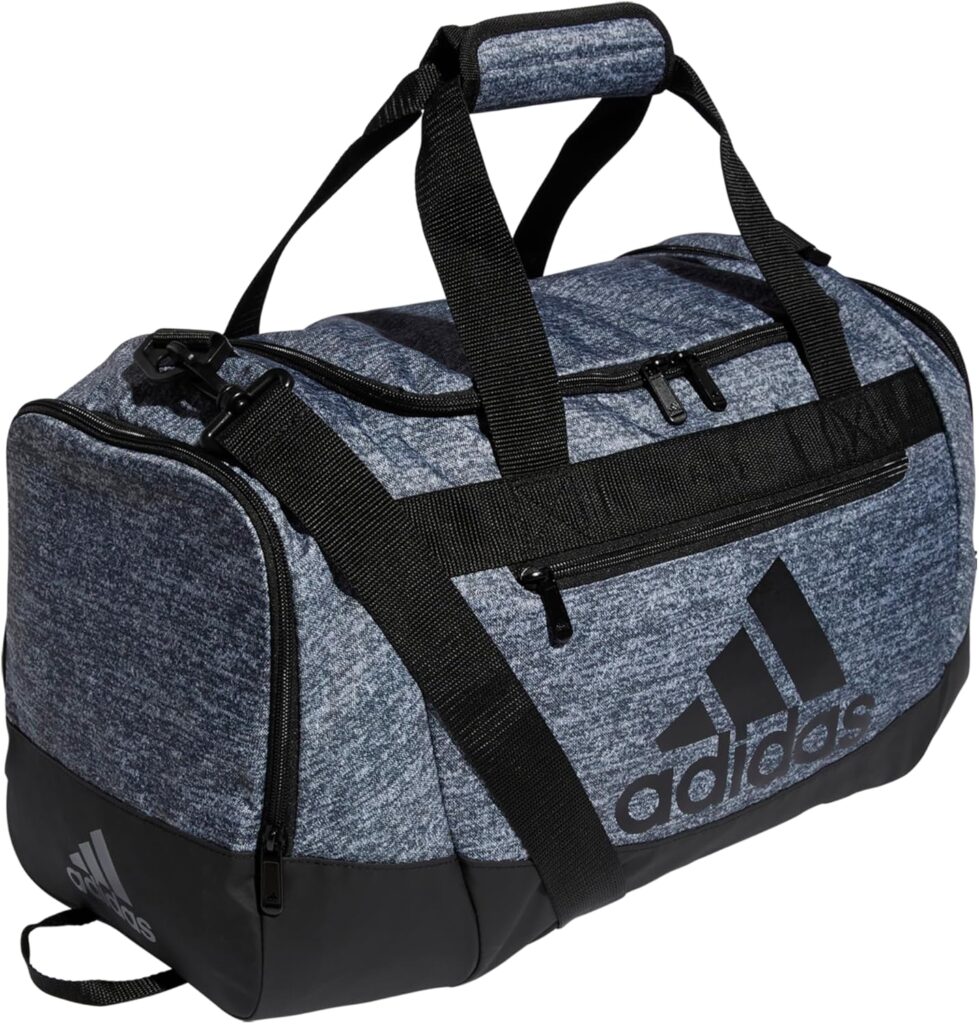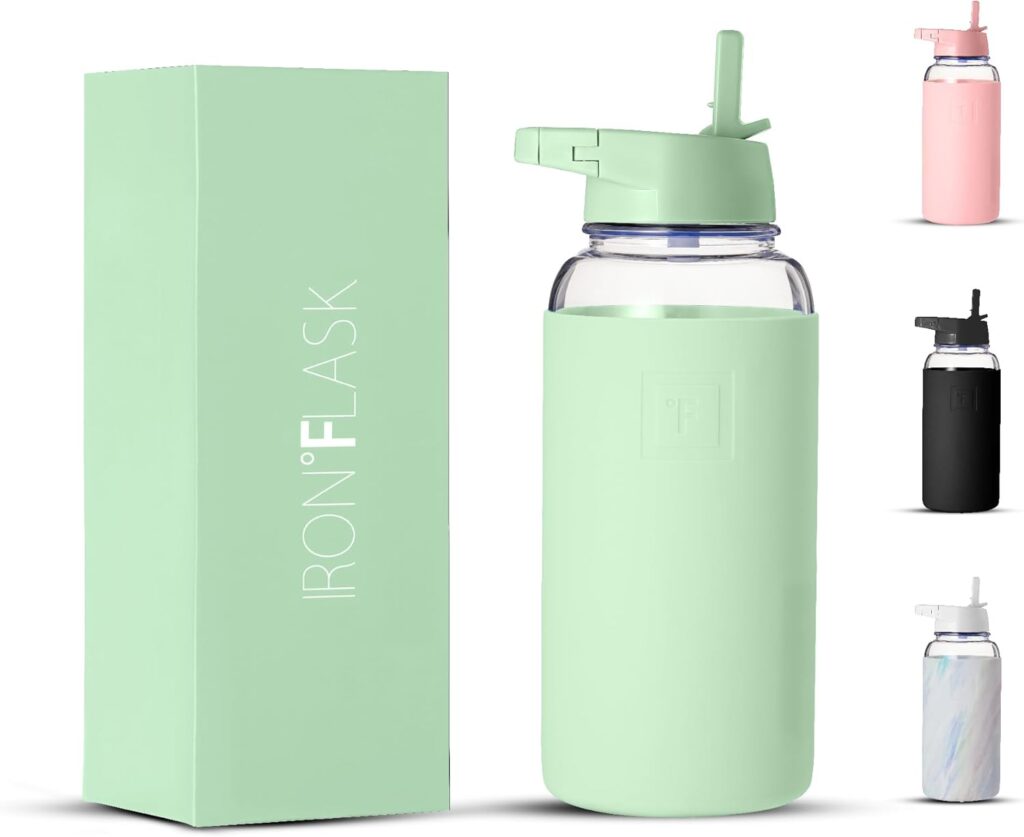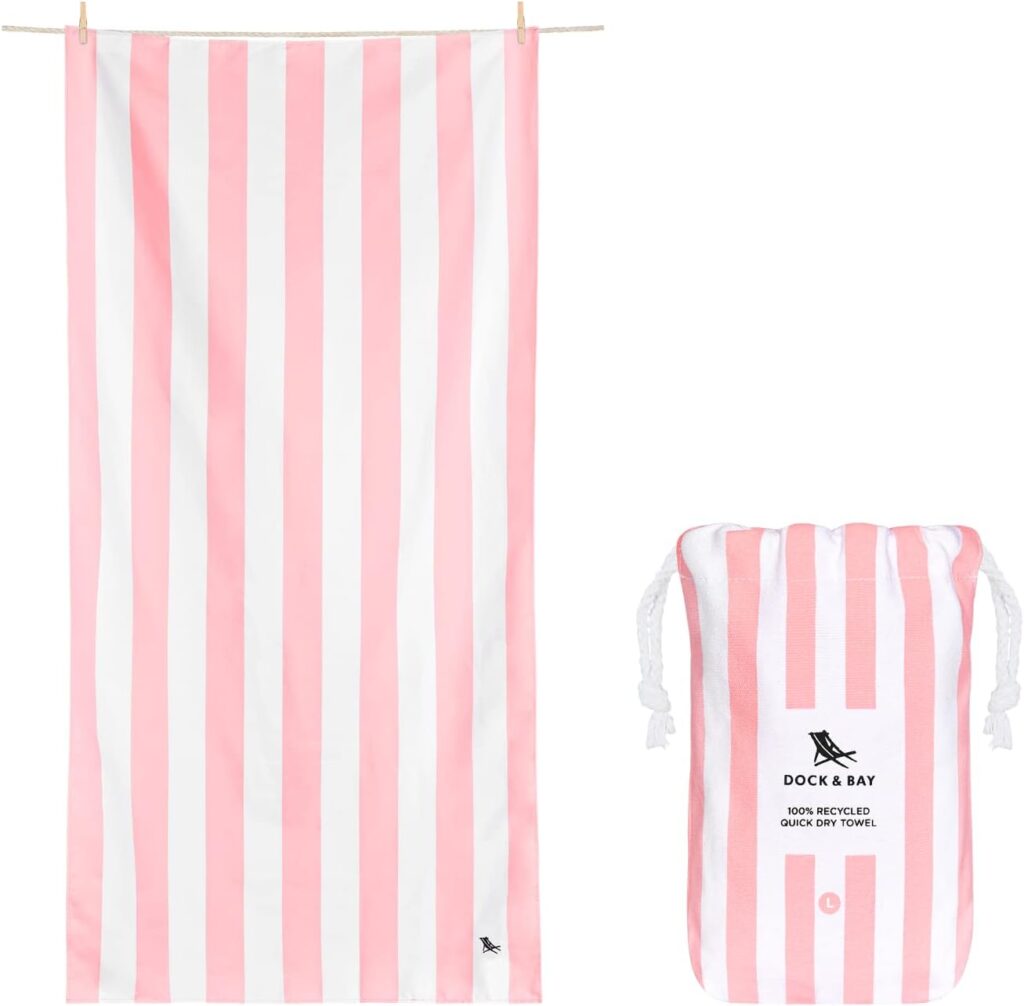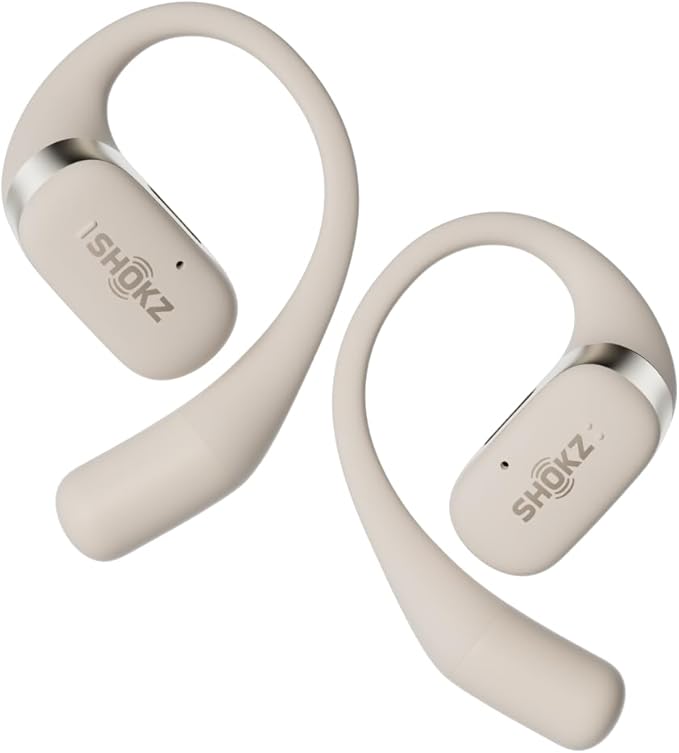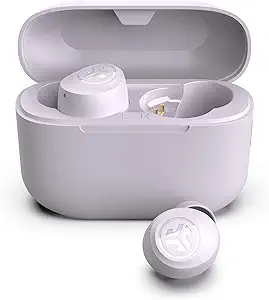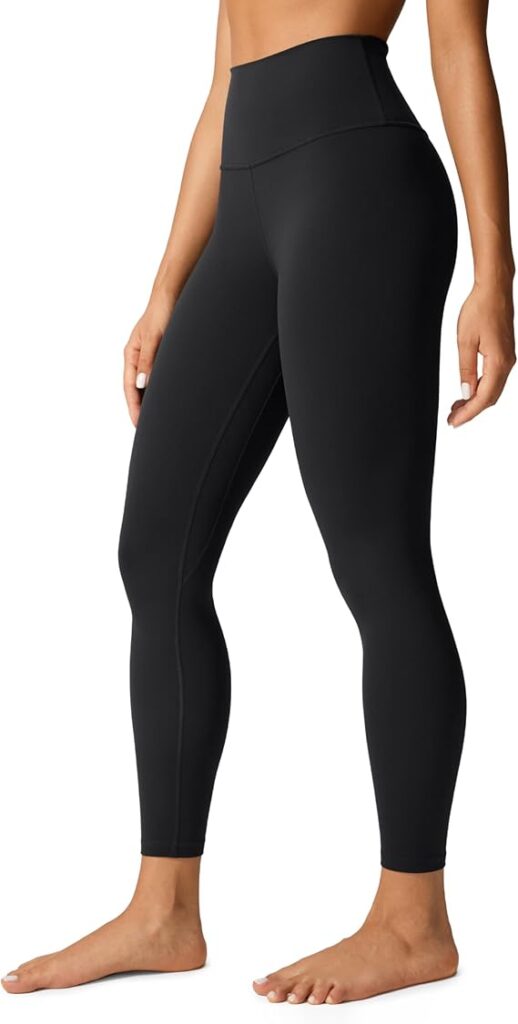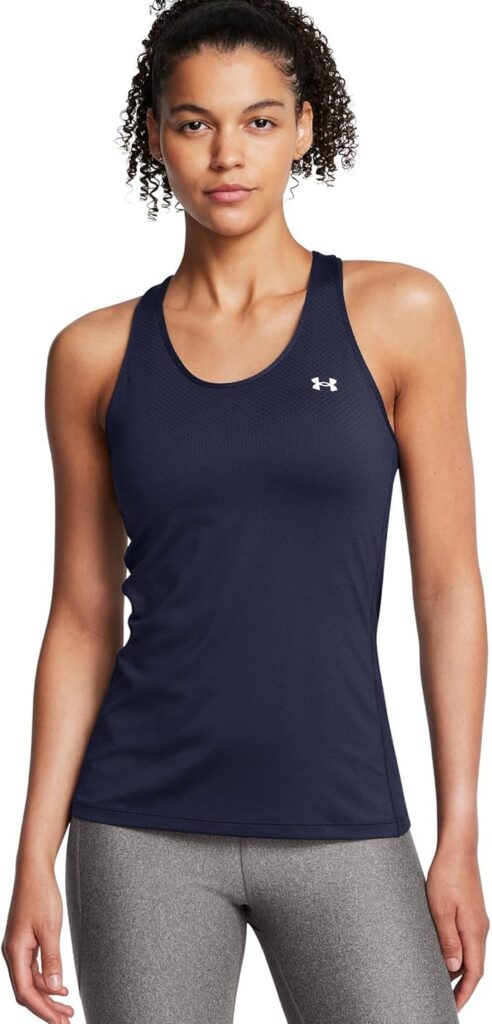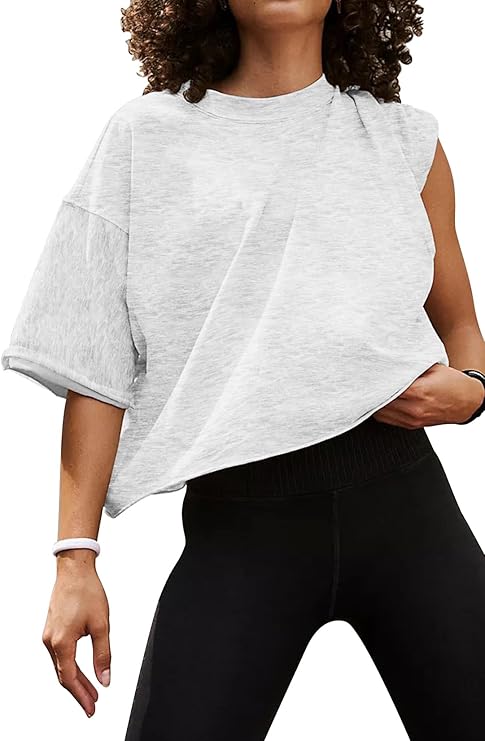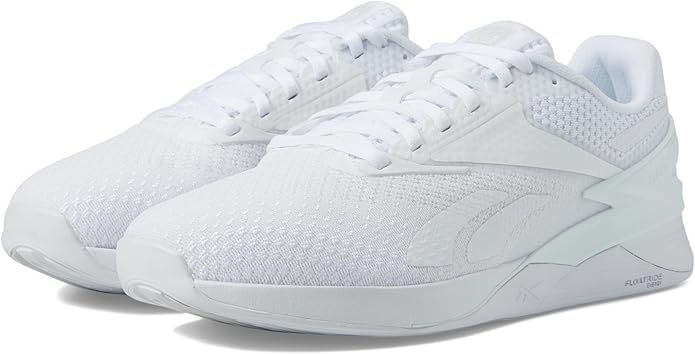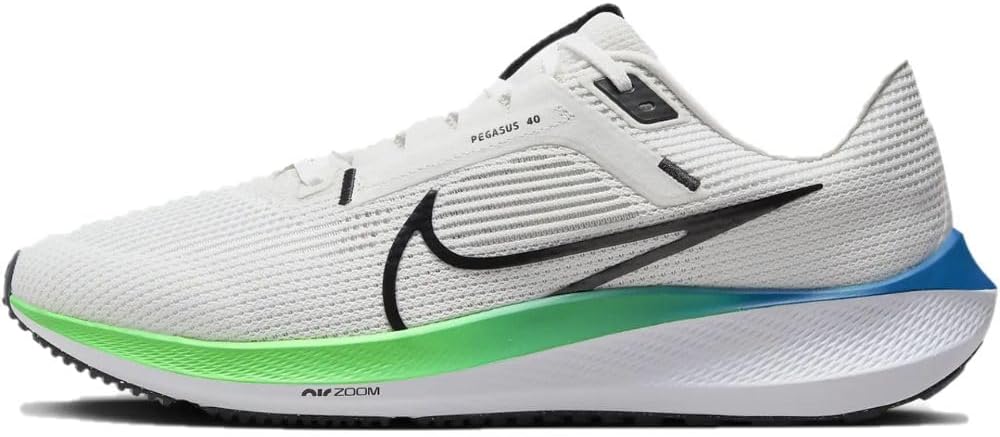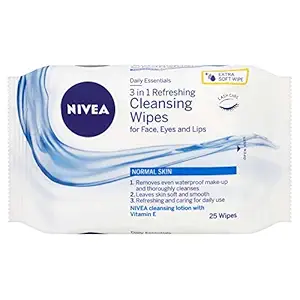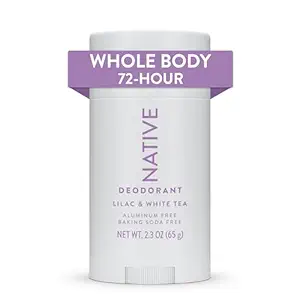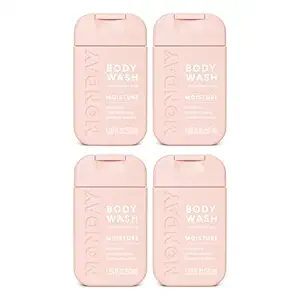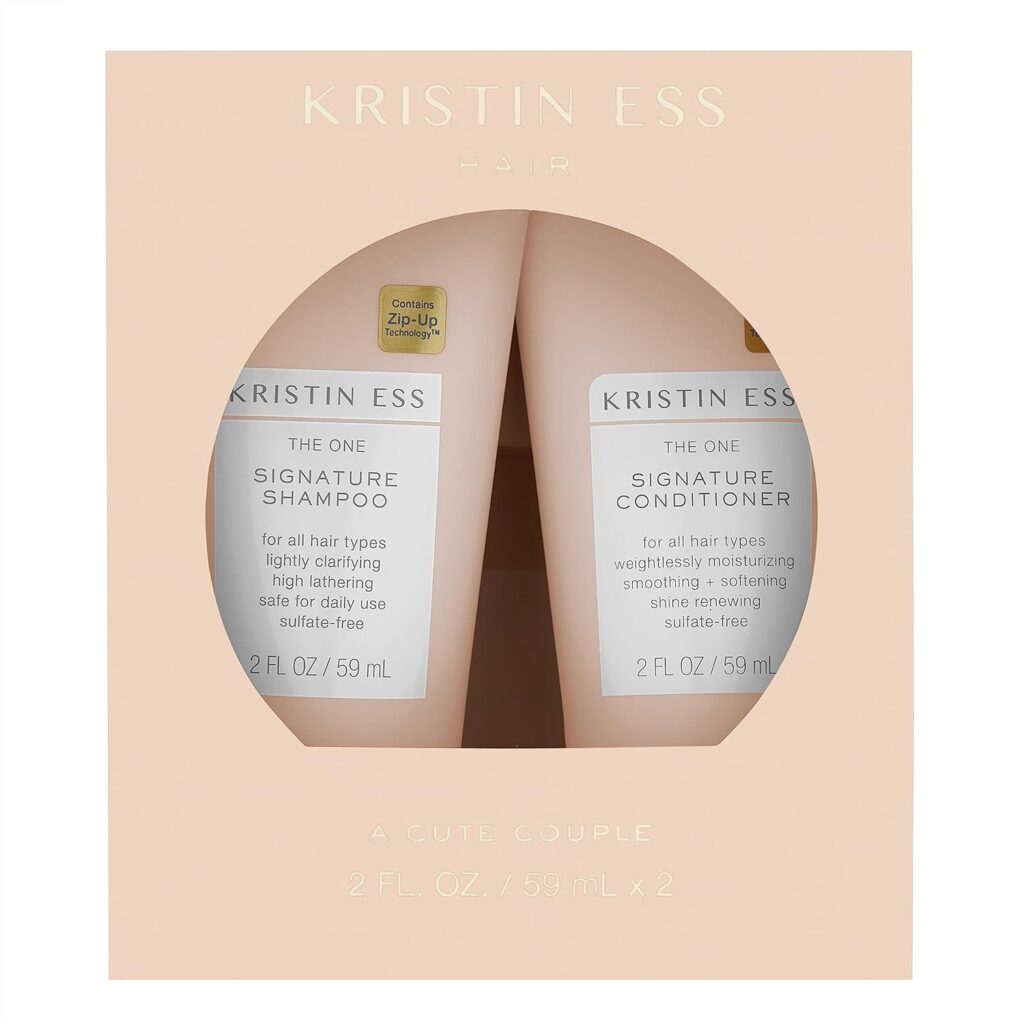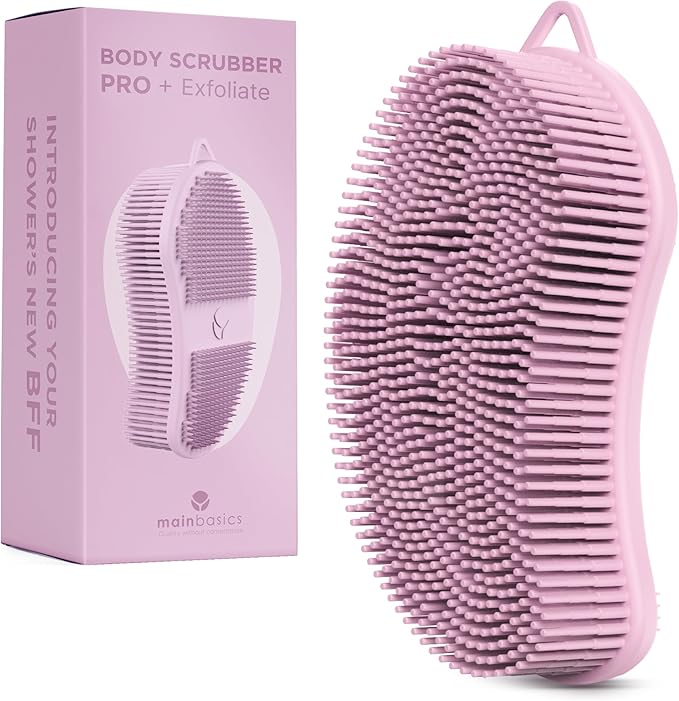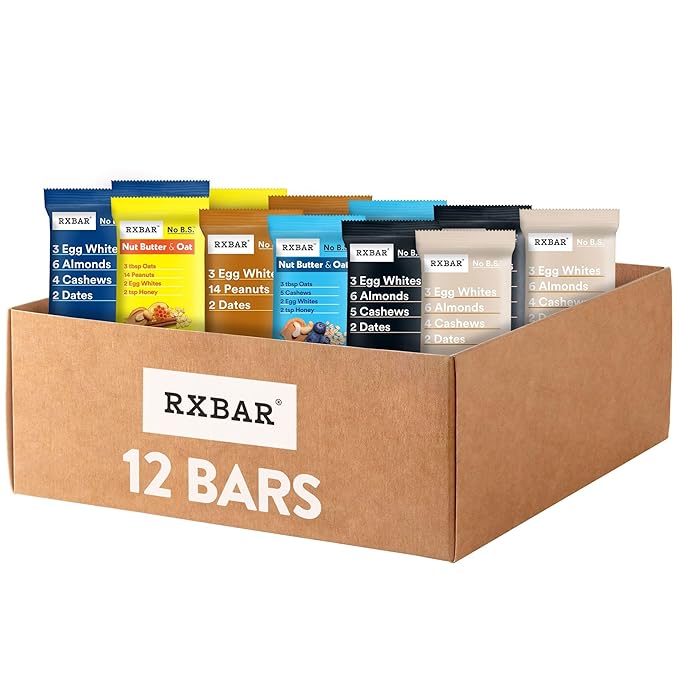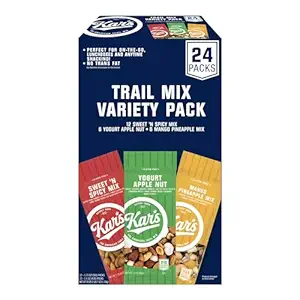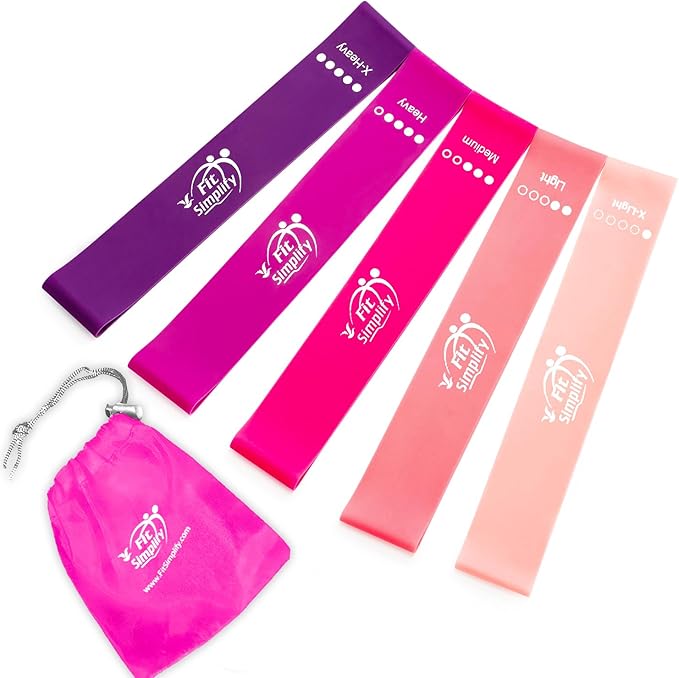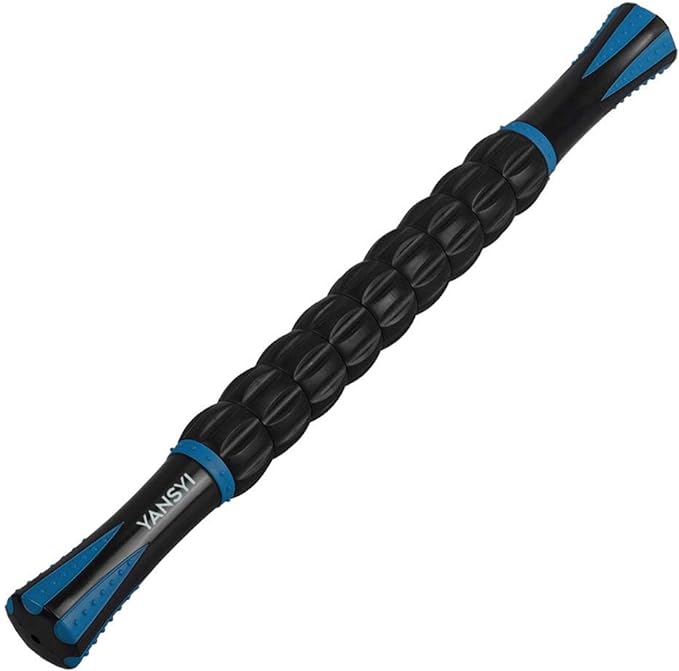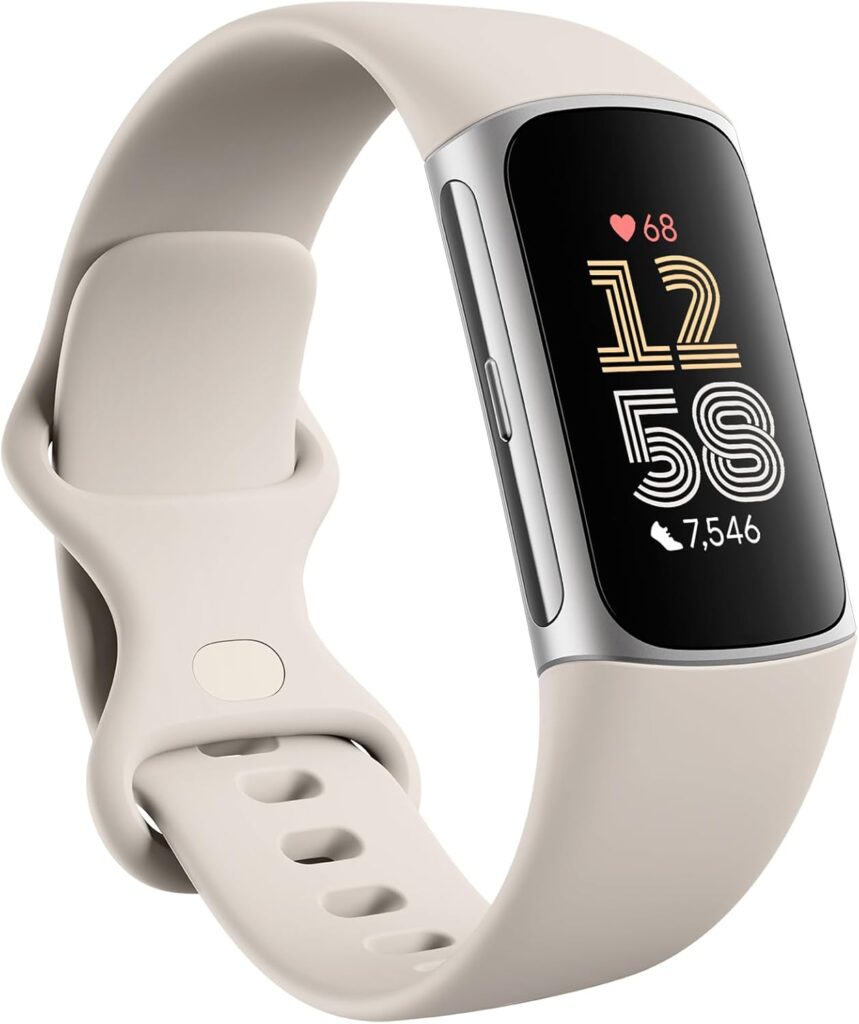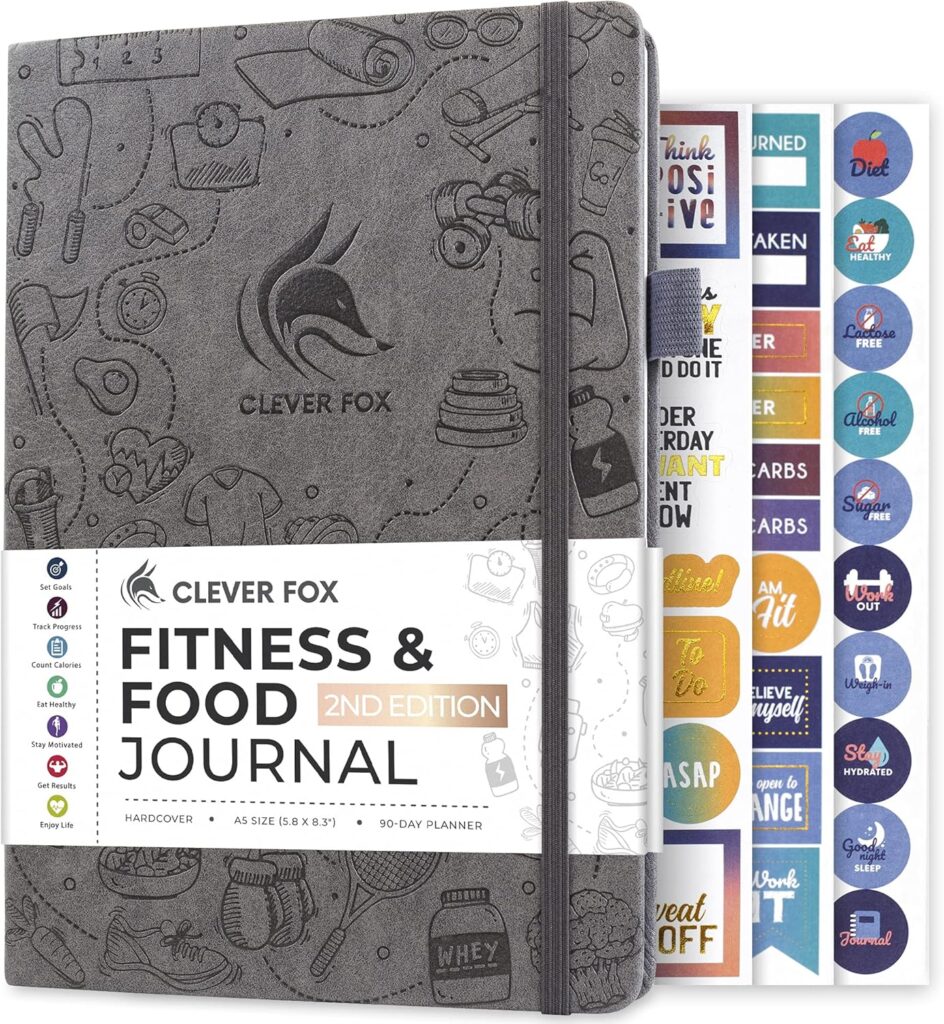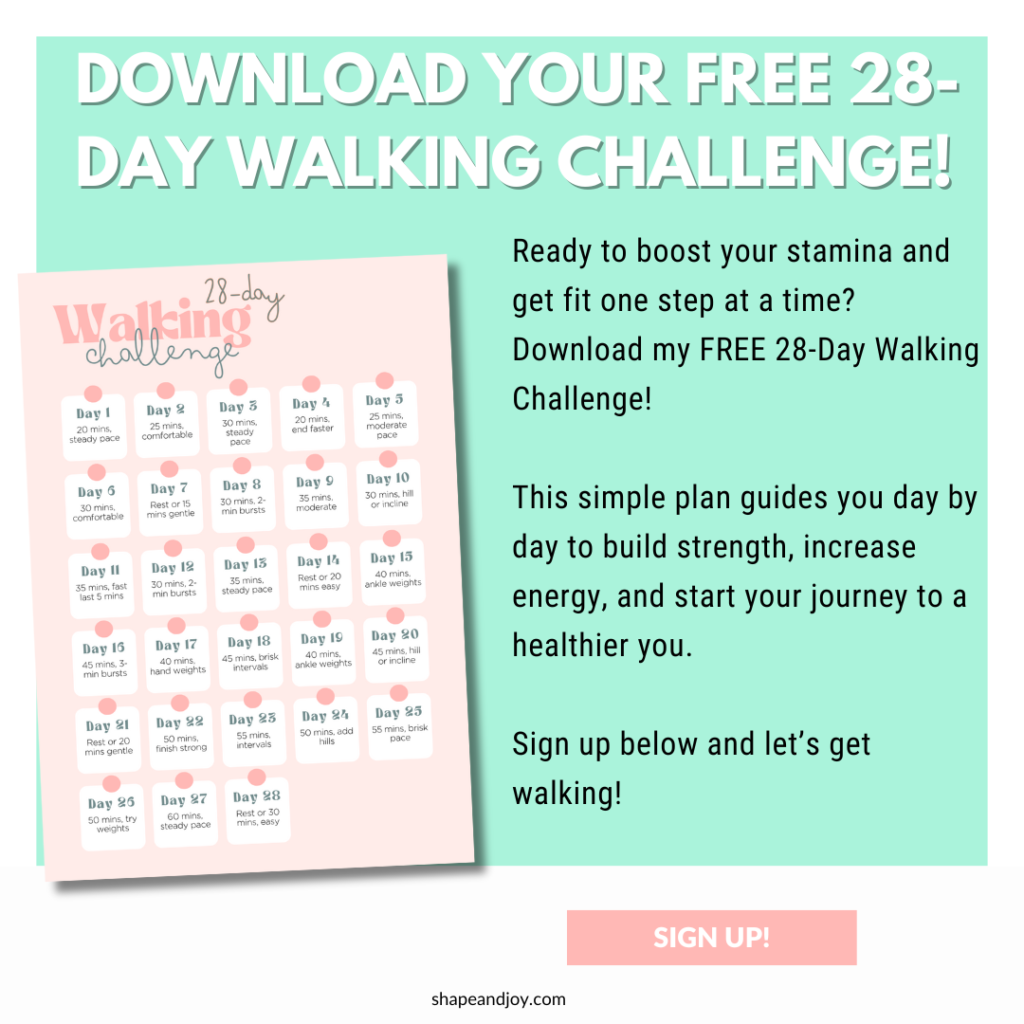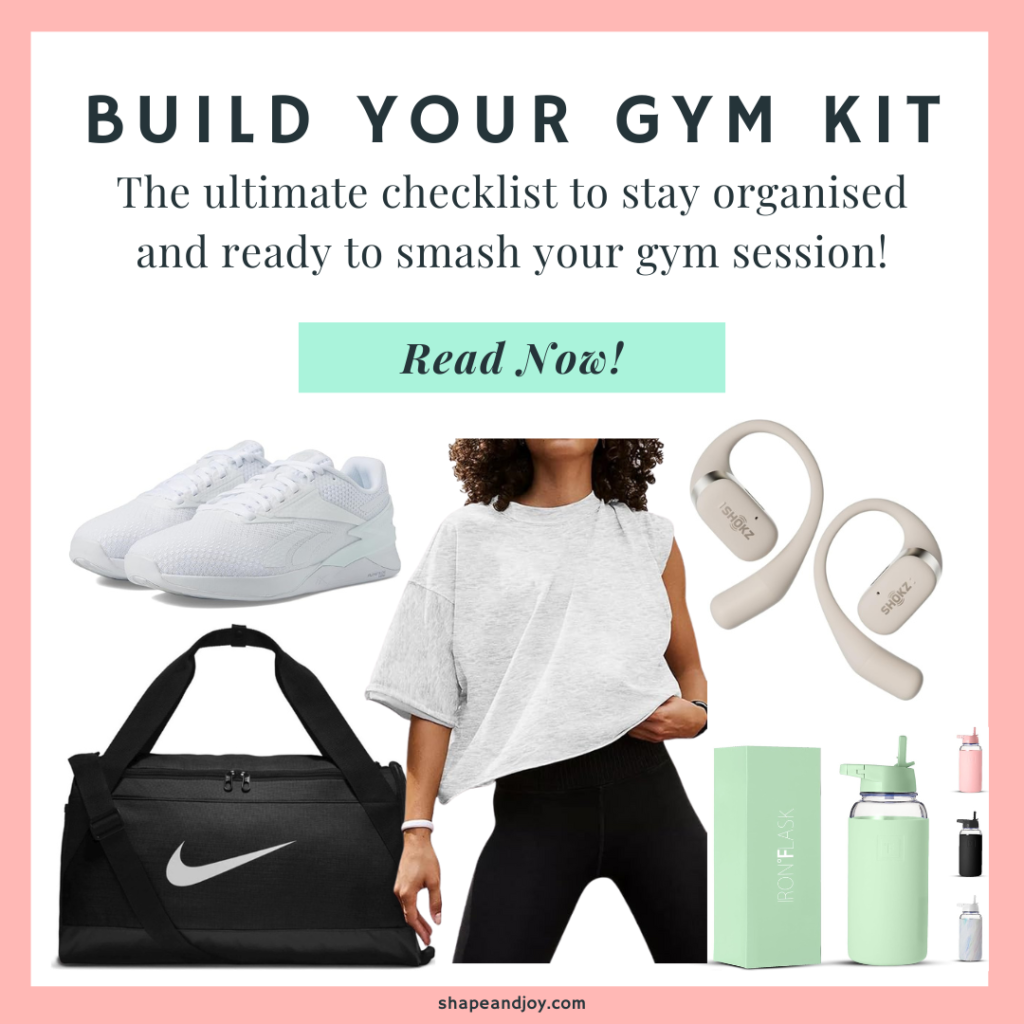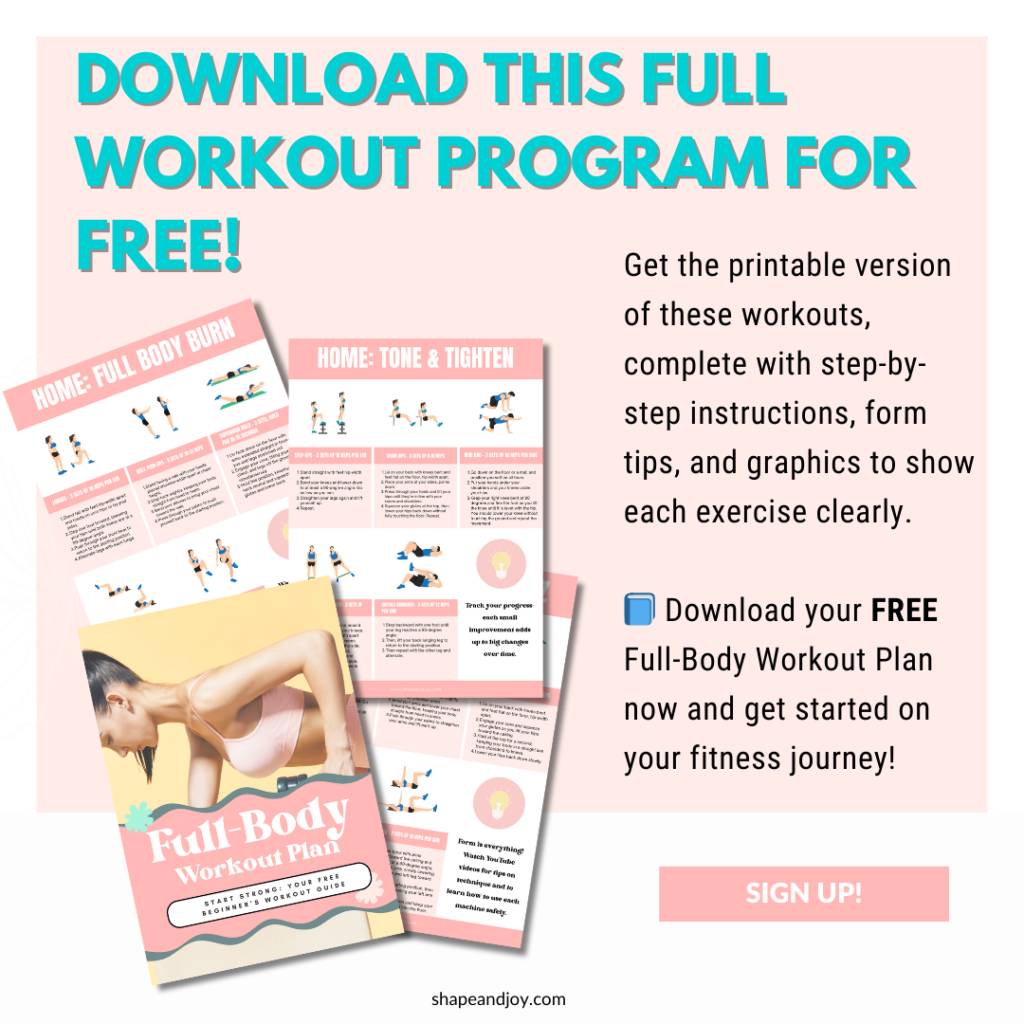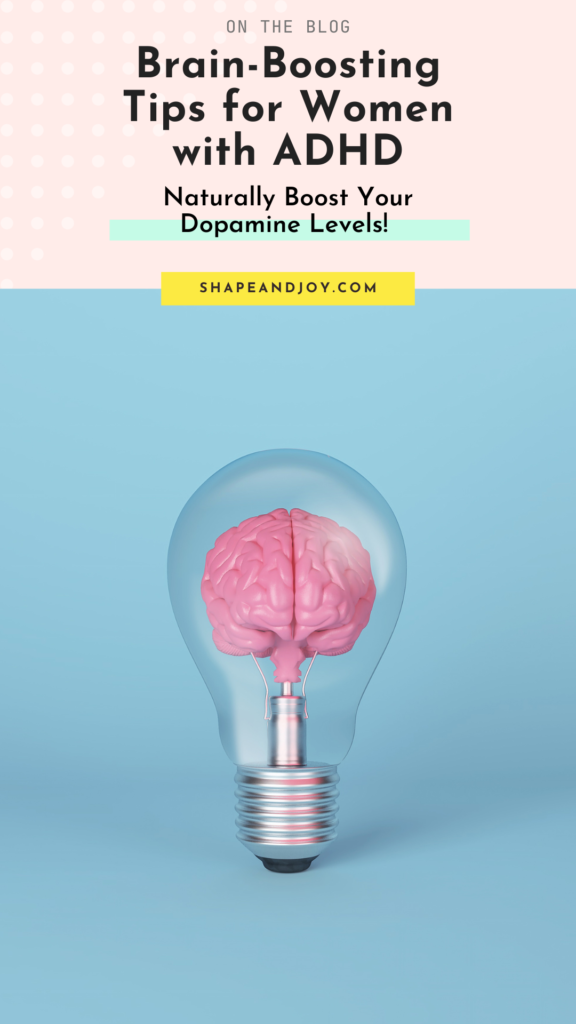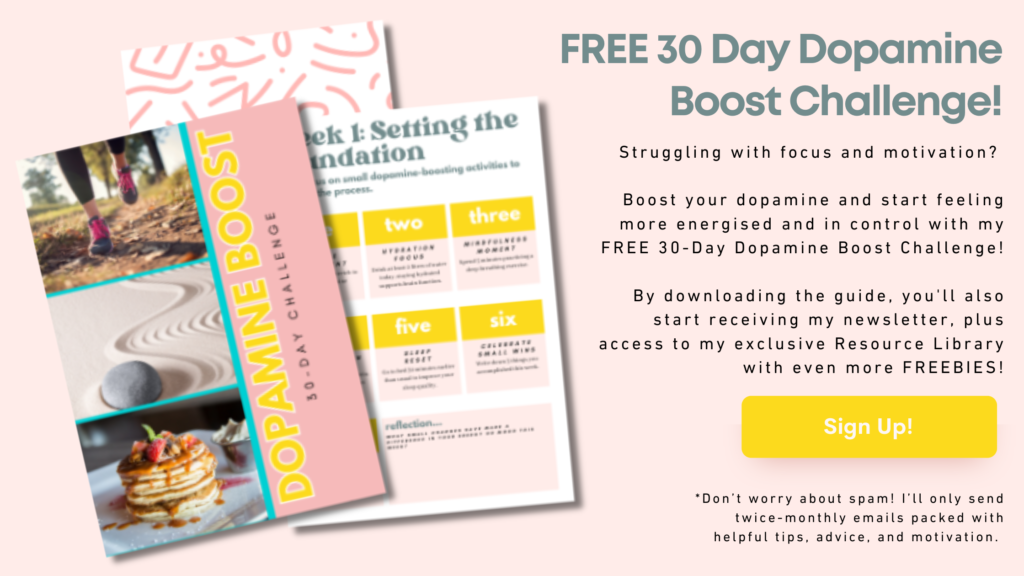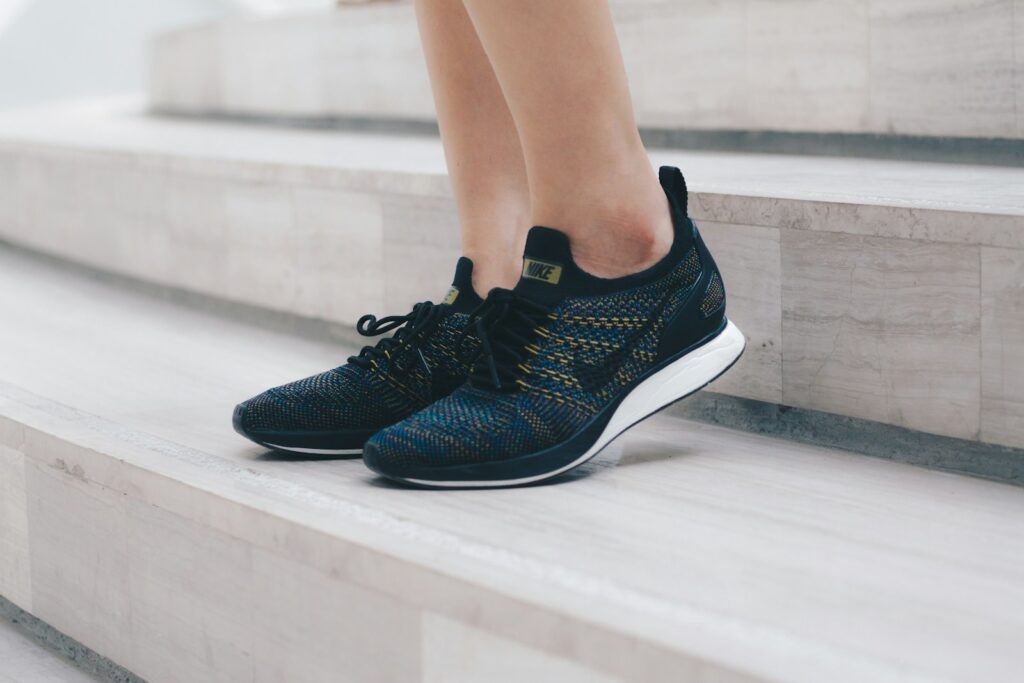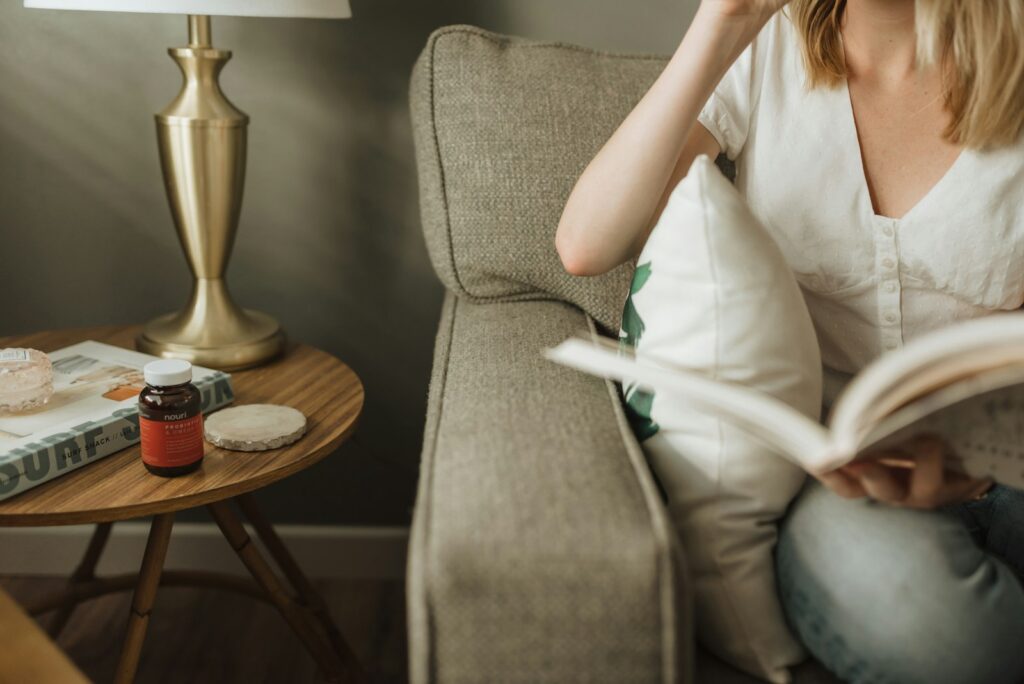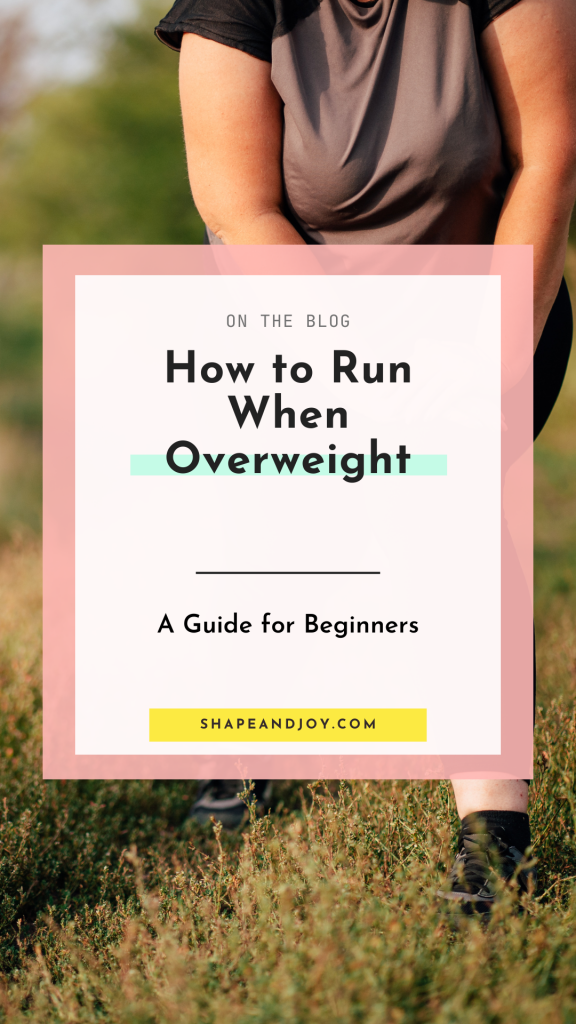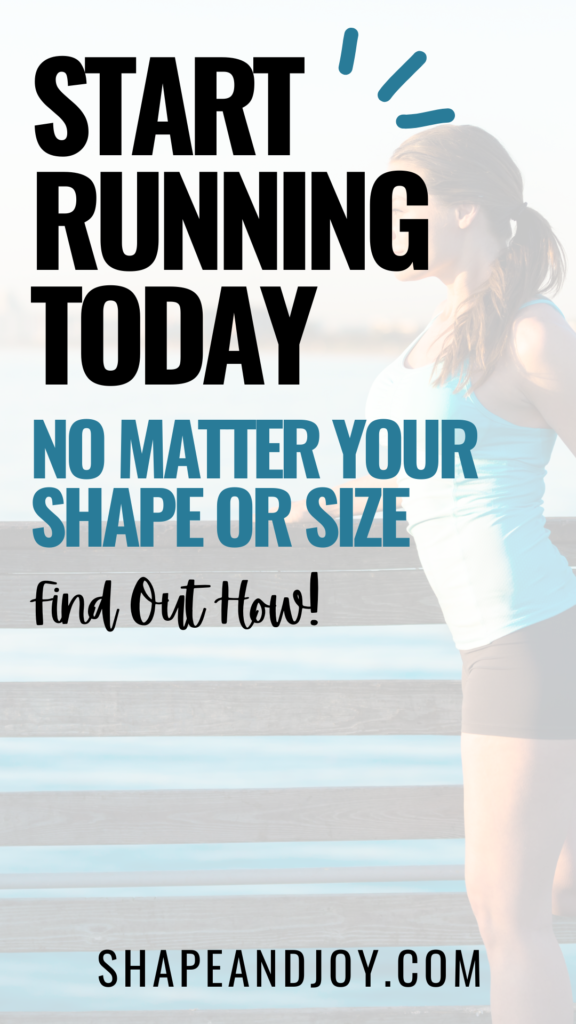Can Pilates Help You Lose Weight? Here’s What You Need to Know

We’ve explored how Pilates transforms your mind and body in the last post (check it out here, if you haven’t already)—but let’s tackle the big question on everyone’s lips: Can Pilates help you lose weight?
Whether you’re eyeing a long-term weight loss journey or just wondering if it’s worth swapping your current workout for a Pilates workout routine, the answer isn’t as straightforward as you might think.
So, if you’re here because:
- You want a fat-burning workout that won’t leave you gasping for air
- You’d rather exercise at home than battle the gym bros for space
- You want a sustainable plan that doesn’t involve punishing yourself
- You’re sick of your arms and legs feeling like soggy noodles
Then, my friend, Pilates is about to become your new best friend.
How Pilates Supports Fat Loss
Look, Pilates isn’t the high-impact sweat-fest that HIIT is, but that doesn’t mean it won’t help you burn fat, build strength, and sculpt your body.
In fact, it’s one of the best ways to tone up without wrecking your joints.
1. Muscle = More Calories Burned
Pilates builds lean muscle, especially in your arms, legs, and core. And what does more muscle mean? A faster metabolism.
Even when you’re binge-watching Bake Off, your body will be burning more calories at rest—which is basically the dream, right?
2. Fat-Burning Without the Impact
You don’t need to jump around like a lunatic to burn fat. Pilates gets deep into those muscles, making them work harder for longer, which boosts fat loss over time.
3. Stress Less, Burn More
Anxiety and stress send cortisol levels soaring, and cortisol = stubborn belly fat. Pilates helps calm your nervous system, meaning less stress, better sleep, and a happier metabolism.
💡 Pro Tip: Want even more fat-burning power? Add in a daily walk—Pilates and walking go together like tea and biscuits.
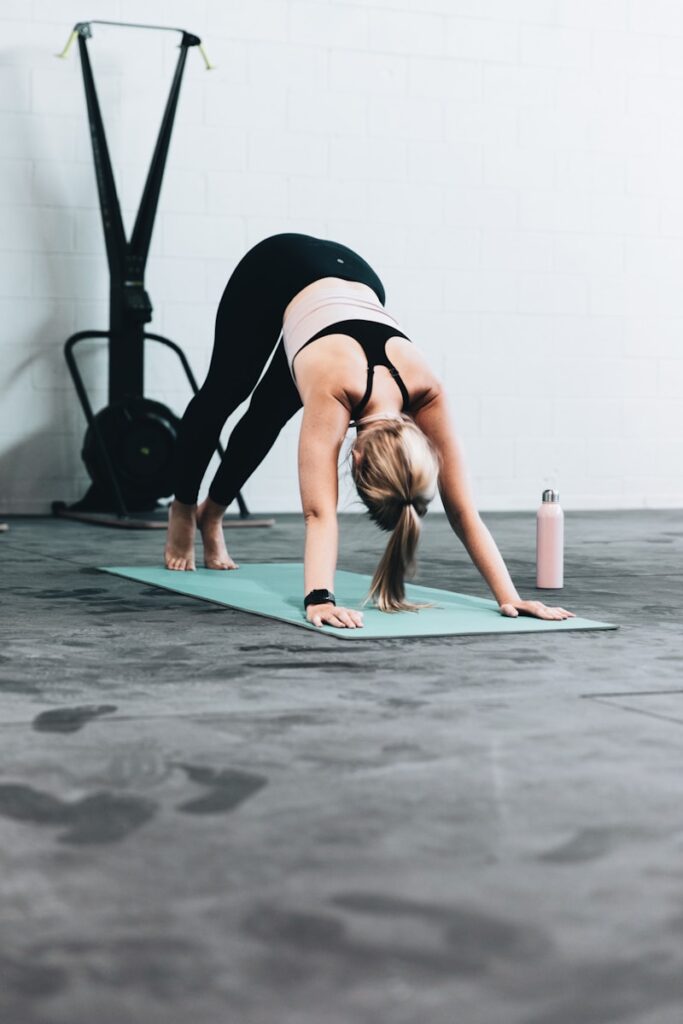
Why Nutrition is the Real MVP of Weight Loss
I hate to break it to you, but even the best Pilates plan won’t out-train a diet of takeaways and biscuits.
Pilates can sculpt your arms and legs to perfection, but if you’re smashing six packets of crisps a day, it’s not gonna work miracles.
1. Weight Loss is 80% Food, 20% Exercise
You could be doing wall Pilates every day, but if you’re eating more calories then you’re burning, the weight won’t shift.
2. Balanced Eating = Better Energy
Fill your plate with:
- Lean proteins (chicken, tofu, fish) to keep you full
- Healthy fats (avocado, nuts, olive oil) for hormone balance
- Complex carbs (quinoa, sweet potatoes, brown rice) for sustained energy
- Loads of veggies (because, obviously)
3. Hydration is Key
Drink your water! Dehydration mimics hunger, so if you’re constantly feeling snacky, you might just be thirsty.
The Sneaky Ways Pilates Helps You Lose Weight (Without You Noticing)
1. It’s Easy to Stick With
Because it’s low-impact and actually fun, Pilates doesn’t feel like punishment. That means you’re more likely to keep doing it, which is half the battle when it comes to weight loss.
2. It Builds Confidence
Ever nailed a wall Pilates move that you never thought you could do? That buzz carries over into every part of your life.
Suddenly, you feel stronger, more capable, and more in control—which means you’re more likely to stay active and make healthier choices.
3. It Gets You Moving More
Pilates doesn’t stop when the workout ends. It improves posture, mobility, and strength, which means you’re more active throughout the day—without even thinking about it.
📌 Pin this for later! ⬇
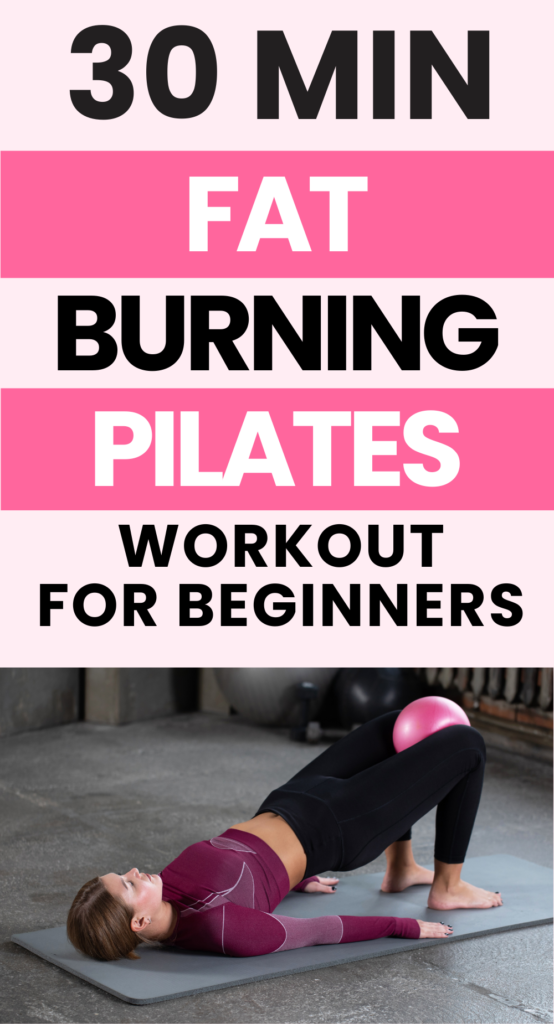
Types of Pilates for Fat Loss
1. Mat Pilates
Brilliant for home workouts, focusing on core strength, flexibility, and toning. Perfect if you want a no-fuss, effective plan.
2. Reformer Pilates
If you’ve got access to a reformer machine, this takes things up a notch. It’s great for sculpting legs, arms, and core while burning more calories.
3. Wall Pilates
One of the best options for people who don’t have much space at home. Uses body weight and the wall for resistance—absolute game-changer.
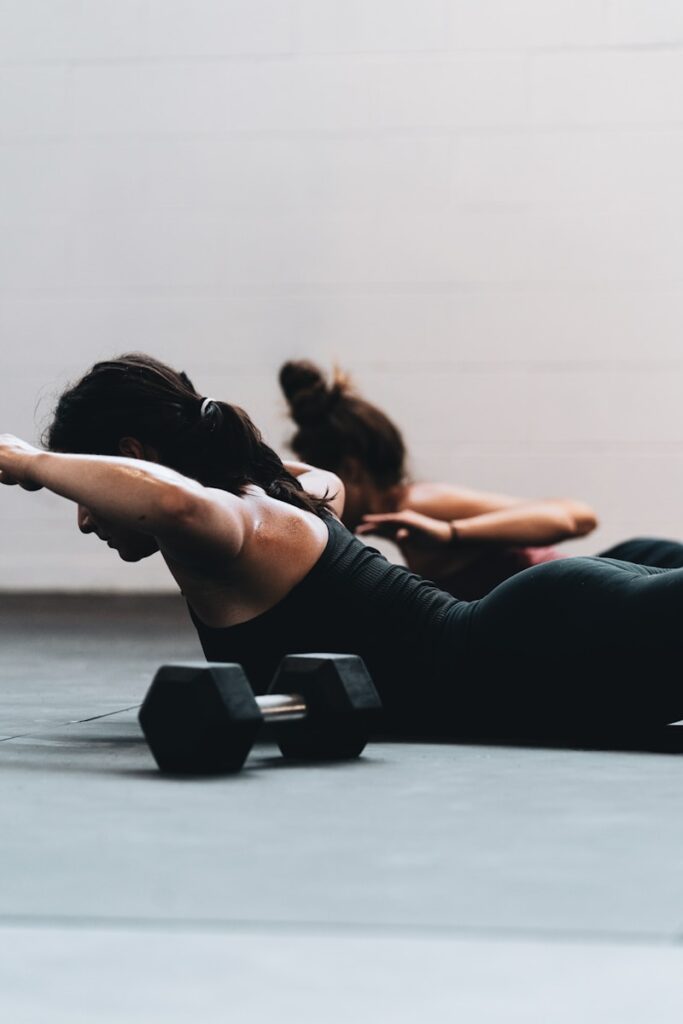
Fat-Burning Pilates Routine (30 Minutes)
If you’re ready to fire up your metabolism and tone your arms, legs, and core, try this 30-minute Pilates routine designed for maximum fat burning. No fancy equipment needed—just a mat, a wall, and your bodyweight!
Warm-Up (5 Minutes)
- Standing Roll-Downs (8 reps) – Loosens up the spine and improves flexibility.
- Cat-Cow Stretch (8 reps) – Warms up the back and preps the core.
- Side-to-Side Twists (10 reps) – Activates the obliques and improves mobility.
Main Workout (20 Minutes)
Core & Fat-Burning Boost
- The Hundred (1 minute) – Classic core move to fire up the abs and boost circulation.
- Wall Pilates Leg Lifts (10 reps per leg) – Strengthens the lower body and tones the legs.
- Plank to Knee Tucks (12 reps) – Works the arms, core, and legs while keeping the heart rate up.
Arms & Legs Sculpting
- Pilates Push-Ups (10 reps) – Strengthens the arms and chest without bulking up.
- Wall Squat Hold (30 seconds) – A killer move for the legs and glutes.
- Side-Lying Leg Circles (10 reps per leg) – Tightens and tones the thighs and glutes.
Fat-Burning Flow
- Bridge Lifts (15 reps) – Engages the glutes and core for a full lower-body burn.
- Roll-Up to Standing (8 reps) – Combines strength and flexibility for full-body engagement.
- Bicycle Crunches (20 reps) – A dynamic move to shred the abs and burn calories.
Cool Down (5 Minutes)
- Seated Forward Fold (30 seconds) – Stretches out the hamstrings and back.
- Child’s Pose (30 seconds) – Relaxes the spine and hips.
- Deep Breathing (1 minute) – Helps lower cortisol levels and promote mental health benefits.
More Pilates Tips & Workouts You’ll Love
Ready to take your Pilates journey to the next level? Check out these must-read posts for beginner-friendly workouts, expert tips, and game-changing Pilates advice to help you build strength, improve flexibility, and stay consistent!
- Ultimate 4-Week Wall Pilates Challenge For Beginner’s
- Pilates 101: The Ultimate Workout to Transform Your Life
- How to Start Pilates at Home: A Beginner’s Guide
- 5 Common Pilates Mistakes Beginners Make (and How to Avoid Them)
- 10 Easy Pilates Poses for Beginners to Master Today
- Pilates vs Yoga: Which One is Right for You?
- How Pilates Transforms Your Core Strength
- 16 Mental Health Benefits of Pilates (That’ll Have You Rolling Out Your Mat ASAP)
- Can Pilates Help You Lose Weight? Here’s What You Need to Know
- The Ultimate Pilates Kit: 17 Must-Have Products to Take Your Workouts to the Next Level
So, Can Pilates Help You Lose Weight?
Here’s the real talk: Pilates won’t torch fat like a HIIT class, but it will help you build strength, boost your metabolism, and feel amazing in your own skin.
If you:
- Eat well and stay consistent
- Move daily
- Reduce stress (bye-bye, cortisol spikes)
- Stick with Pilates long enough to see changes
Then yes, Pilates can absolutely help you lose weight—and keep it off.
💡 Final Pro Tip: Make Pilates a regular part of your routine, and you’ll see results that last. No crash diets. No fads. Just a strong, healthy, confident you.
Now, go roll out your Pilates mat, grab a water bottle, and get to it. You’ve got this.
📌 Pin this for later! ⬇
